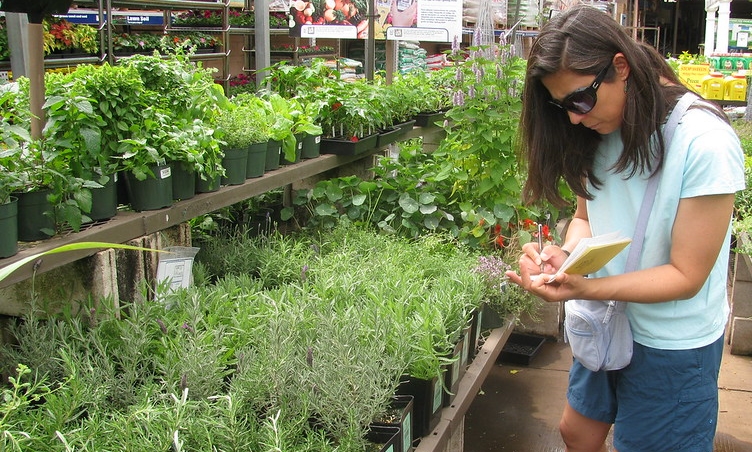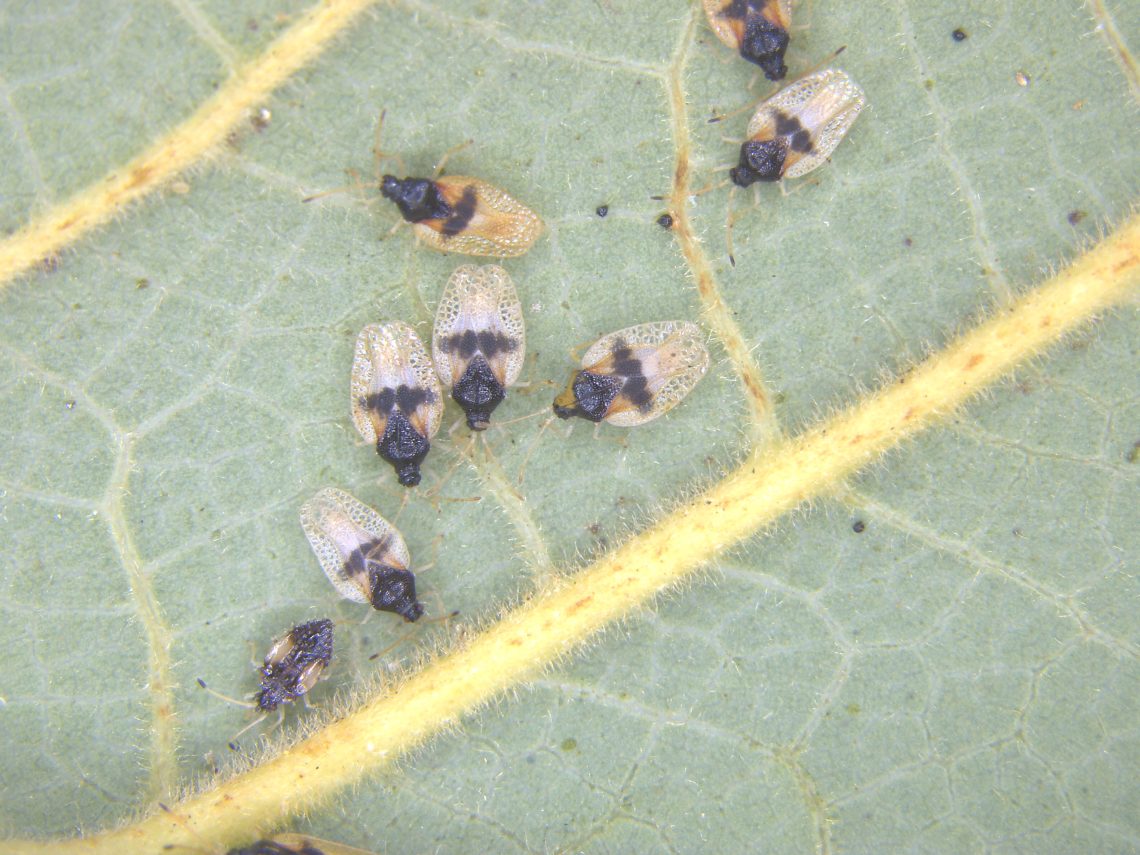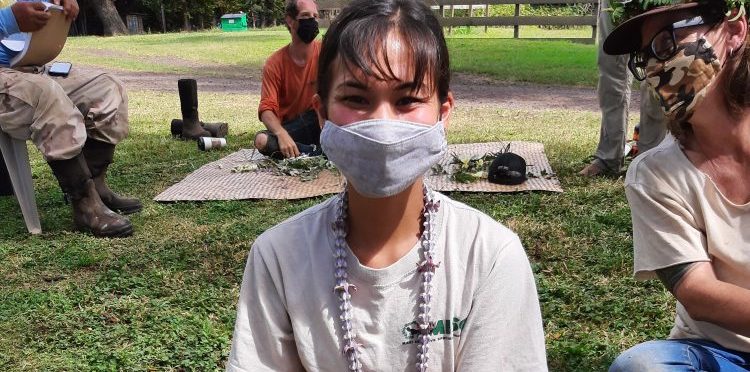Lindsay and Kely Rodrigues clear out overgrown weeds on their family land in Waiheʻe Valley with the intention of growing…
Read More
Gardening This Spring? Plant Pono
Knowing what to plant and where can be tricky. Planting guides from the Hawaiian moon calendar to publications from the…
Read More
Avocado Pest Now Widespread on Maui- But There is Hope
In early January, Richard Smith reached out to the Maui Invasive Species Committee (MISC), concerned about his avocado tree. “The…
Read More
MISC Hosts Hōʻike o Haleakalā Curriculum Teacher Workshop Over Spring Break
The Maui Invasive Species Committee (MISC) is holding a teacher development workshop for K-12 teachers and environmental educators on March…
Read More
Need a New Year’s resolution?
Here’s twelve ways to protect Maui from invasive species all year long
At the start of a new year, many of us are taking time to reflect and set goals. Consider adding…
Read More





